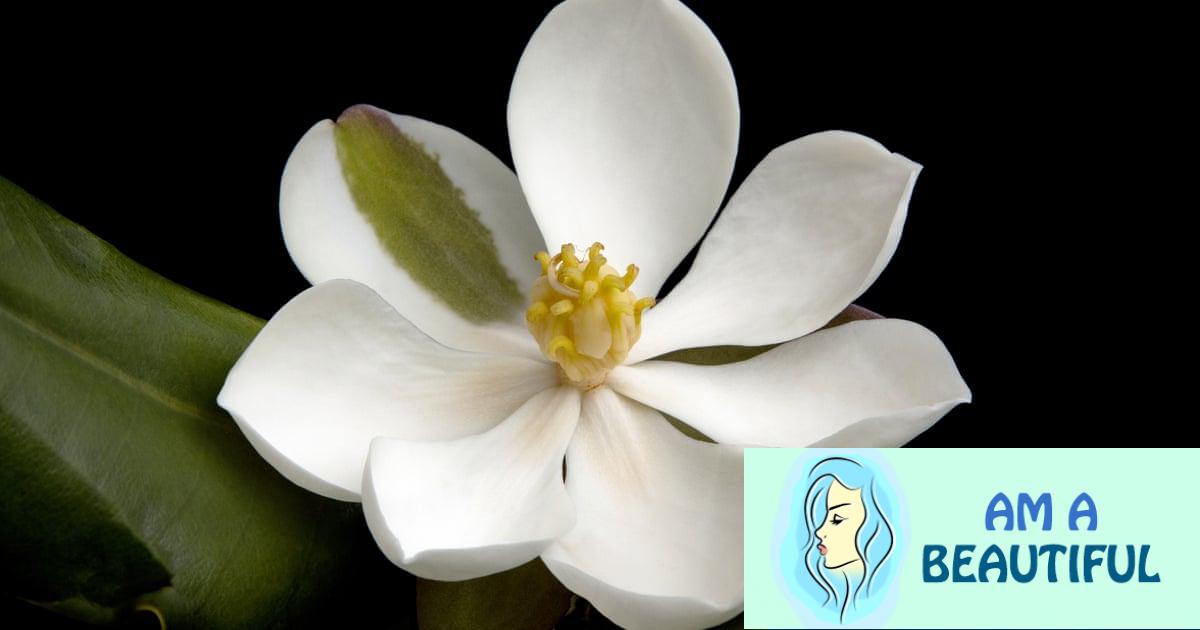“Imagine the privilege of smelling a wonderful perfume that no one else alive on Earth has smelled before,” says the conservation photographer Eladio Fernandez. This year, Fernandez had that pleasure. After a challenging search in the cloud forests of northern Haiti, he located several Magnolia emarginata, a critically endangered tree with white flowers that hadn’t been seen (or smelled) for almost a century.
“Magnolia have two attractive characteristics: their beautiful white flowers and their unique fragrance,” he says.
Fernandez had been working with the conservation group Fundación Progressio on three species of magnolia in the Dominican Republic: Magnolia pallescens, Magnolia domingensis and Magnolia hamorii. Scientists from the Haiti National Trust had also “rediscovered” a population of Magnolia ekmanii in 2011 in Grand Bois national park, south-west Haiti, after not being seen for more than 25 years.
One last species remained to be found: Magnolia emarginata, which the Swedish botanist Erik Leonard Ekman collected in 1925 in Haiti’s northern mountains, the last time it was seen in the wild.
Fernandez researched specimens online from European herbariums, which gave clues to Ekman’s original locations. “He listed the name of a mountain where he collected Magnolia emarginata on 20 June 1925: Morne Colombeau,” he says.
In June 2022, Fernandez set out with David Stephenson from Haiti National Trust and Andres Miolan, a cameraman. “In Anse-à-Foleur, we hired two local guides. We hiked for two days.
“On the third day, we arrived at houses at the base of the forest. We were exhausted. It had been one of the hardest climbing days. The family who lived there gave us a shelter to set up our camping hammocks.”
They then scouted a small fragment of forest nearby. “On the path there, it started to rain,” Fernandez recalls. “We stopped. I scanned a ravine with my binoculars, and there it was. Just as Ekman’s herbarium specimen indicated, the tree had flowers in June. We were euphoric.”
“We hiked and scouted for another hour and a half, counting 16 adult trees in total. I collected a flower as evidence. On the way back our host family all took turns smelling it.”
Fernandez returned the next day to collect more specimens and take photos. He had hoped to visit the location again this November, but instability in the country meant the trip could not go ahead.
“Haiti’s been going through a political, economic, security crisis,” says Anne-Isabelle Bonifassi, executive director of Haiti National Trust. “Recently, we had a two-month countrywide road blockage and fuel shortage that paralysed the economy. Insecurity has been, and still is, rising, including kidnappings, murders … this situation is a disaster for Haiti’s biodiversity and conservation efforts. Not only do funding opportunities become more difficult but, with the economic crisis, more people turn to land-clearing in remote areas to secure income from charcoal, agriculture or grazing. Land clearing is the number one reason for Haiti’s deforestation.”
All five magnolia species in Haiti and the Dominican Republic are listed as endangered or critically endangered and are restricted to mountain broadleaf forests – cloud forests – above 700 metres. The Dominican Republic has a system of national parks that provides some protection, but the rate of deforestation in Haiti is high. “There’s a lot of deforestation happening all over the country,” says Bonifassi.
“Despite the security situation, our teams keep working hard at saving Haiti’s last forests, including projects like in Grand Bois. In 2022, we’ve planted over 65,000 seedlings and cuttings of native and endemic species, including Magnolia ekmanii. We work with local communities, providing them with training and hiring them on projects that secure an income for them. We’ve noticed less land clearing for charcoal, agriculture and grazing. This is a huge success to replicate in other areas.”
It’s hoped the mission to locate Magnolia emarginata won’t have been in vain. “For the magnolia in the north, we need to start collecting seeds and planting them in nurseries, to prevent them from going extinct,” adds Bonifassi. “By doing so, we don’t only protect one species but all the other species that depend on it or thrive around it.
“Protecting our beautiful biodiversity can’t wait. Our work needs to happen now, or it will be too late.”
Find more age of extinction coverage here, and follow biodiversity reporters Phoebe Weston and Patrick Greenfield on Twitter for all the latest news and features






Your topic is quite complicated for a beginner.
Good afternoon, I don’t see the conditions for using the information. Is it possible to copy the text you wrote to your site if you put a link to this page?